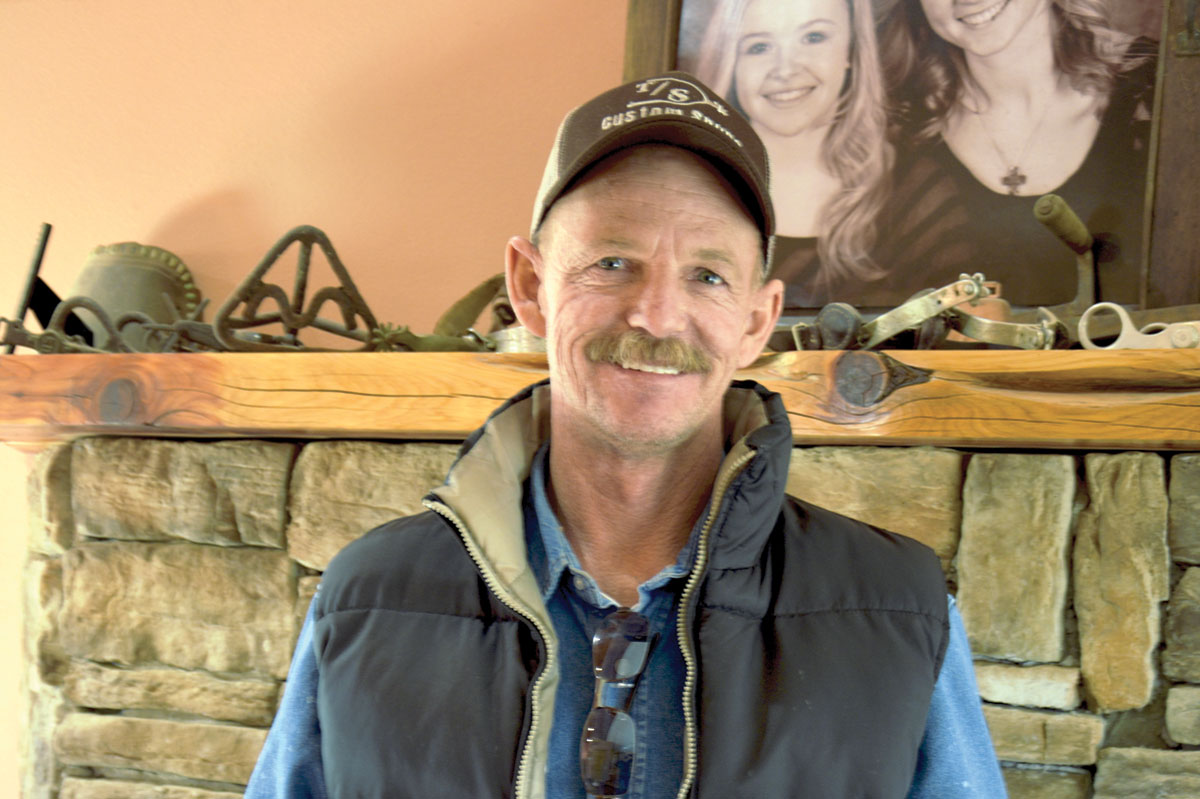 The Lowell Historical Museum features a wide variety of displays and local items
The Lowell Historical Museum features a wide variety of displays and local items
Each museum has a unique history. The Lowell Historical Museum began as a collection of photographs and photographic displays. However, people soon began donating historical objects ranging from clothes to dishes and even a post office mail sorting table.
World War II veteran Elza Tucker not only dreamed of a museum in Lowell, but actively pursued his dream by cofounding it with Vera Lou Fowler in 1976. The first location for the museum was located in a renovated bank originally built in 1909. For many years the museum’s next home was City Hall before moving to its current location, the Otto Hilfiker house. The house was chosen for its historical appearance and was near the town’s original location at Robinson crossroad, on the Butterfield Stagecoach Route. The Arkansas & Missouri Railroad line brought about the relocation of the town center which had been of mile further east on Old Wire Road.
The Hilfiker home was purchased by the city of Lowell in 1999 and required extensive redesign and renovation. Soon the top floor was overflowing with donated items, which left no room for more displays. In 2014, Leonard Jackson donated 100 acres to the city to honor the memory of his wife Kathleen with the stipulation that the land be used for free recreational or educational purposes. Three of those acres have been set aside for a new 11,000 square-foot museum facility for exhibits, a community room, a café and other necessary areas such as restrooms and offices.
The museum staff is busy finishing cataloging old photographs and research any gaps in Lowell history. One such gap is the history of the Hilfiker home.
“The most useful archives are often old newspapers, but in our case such archives are rare, incomplete or nonexistent,” manager Nicole Ray explained.
The old home appears to have been moved from another location to the current location near the railroad tracks. The last Frisco depot, a little further south of the home, was moved to Oklahoma during World War II. Nonetheless, the house’s construction details such as a flat bay window and a high gable are characteristic of Frisco depots in the early 20th Century. Further, no records concerning the land details of the merger that ended the Frisco line have been found. A real possibility exists that the home never served as a depot but was built in that style and moved to its current location.
The museum contains important collections with a favorite focused on Elza Tucker who served in Normandy and Africa as a staff sergeant under generals Patton and Brady. The highlight of the World War II memorabilia collection is his striking uniform bedecked with his many medals. In his honor the museum hosts an annual veterans’ luncheon in November. This year the luncheon will be held at the Center for Non-Profits in Rogers. The American Legion Post 77 will cohost the event.
Lowell historical Museum was founded in the bicentennial year 1976. From the first day until he turned 99, Elza worked in the museum and was an excellent source of information. Sadly, he passed late July in 2018 after turning 100.
“When Elza worked here, the traffic was as much to see him as the museum. He loved chatting with visitors as much as they loved talking to him,” Liz said.
Lowell history also includes agriculture which, like much of the area, was dependent upon fruits and vegetables, especially in the late 1800s when the railroad supplied efficient transportation for products. Produce included apples, strawberries, green beans, peaches and tomatoes.
Lowell was once called the “Apple Orchard of the World.” Top grade but still green apples were shipped in locally constructed barrels while medium grade apples were canned or evaporated for shipping and further processing. Low-grade apples were turned into vinegar or wine. Remnants of this aspect of Lowell history are scattered throughout the museum.
Fortunately, much of Lowell history is contained in a short, half-mile trail beginning at the museum and containing 21 stops with explanatory markers such as those explaining the original Lowell name of “Mudtown” and the historic Butterfield Stagecoach Road as well as such sites as Scruggs Service Station, the old Lowell bank, a canning factory and the city jail.
Lowell Historical Museum makes a concerted effort to be available for everyone. To that end, they offer night events for those who cannot attend during the day. The museum is free though donations always welcome, especially now that funds are needed for the extensive new facility.







